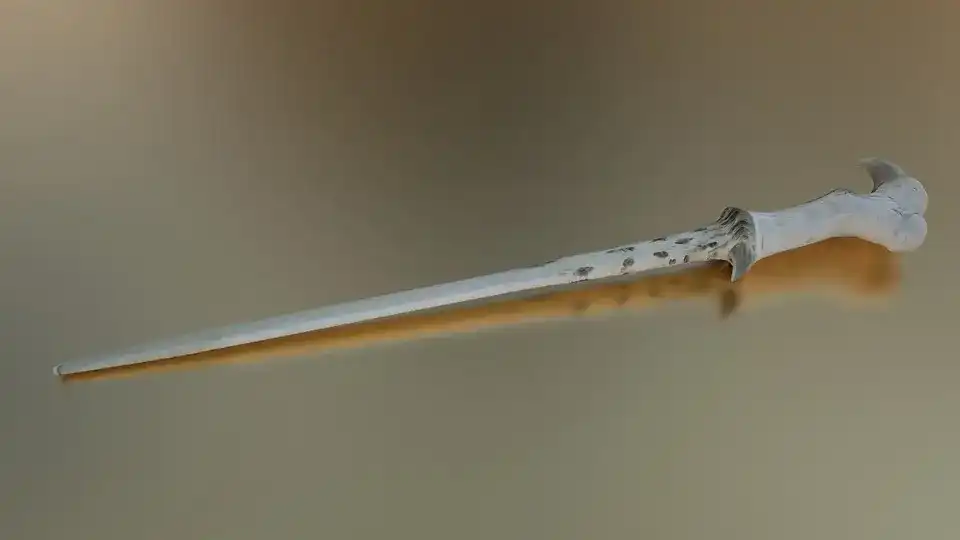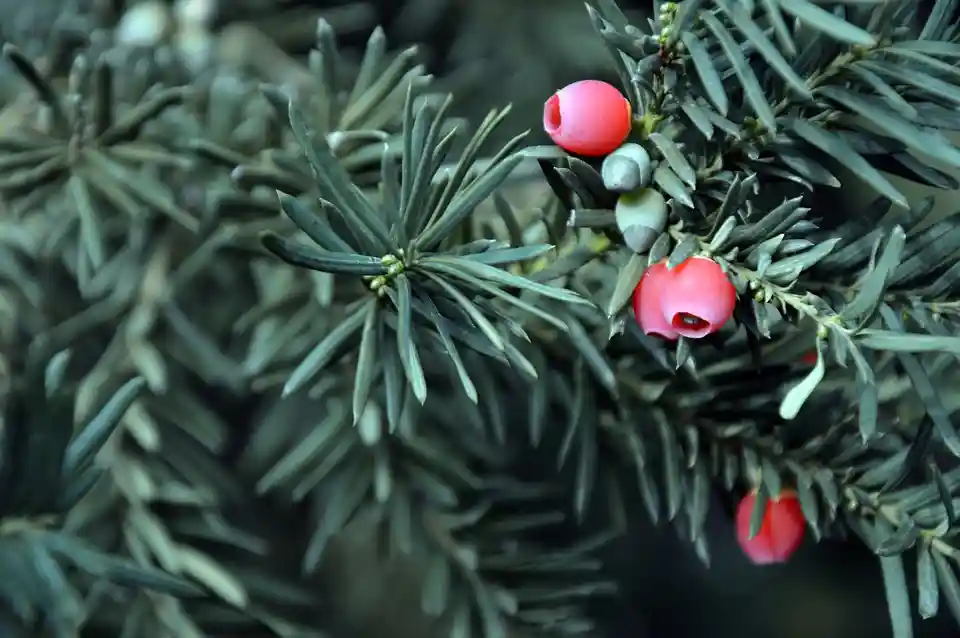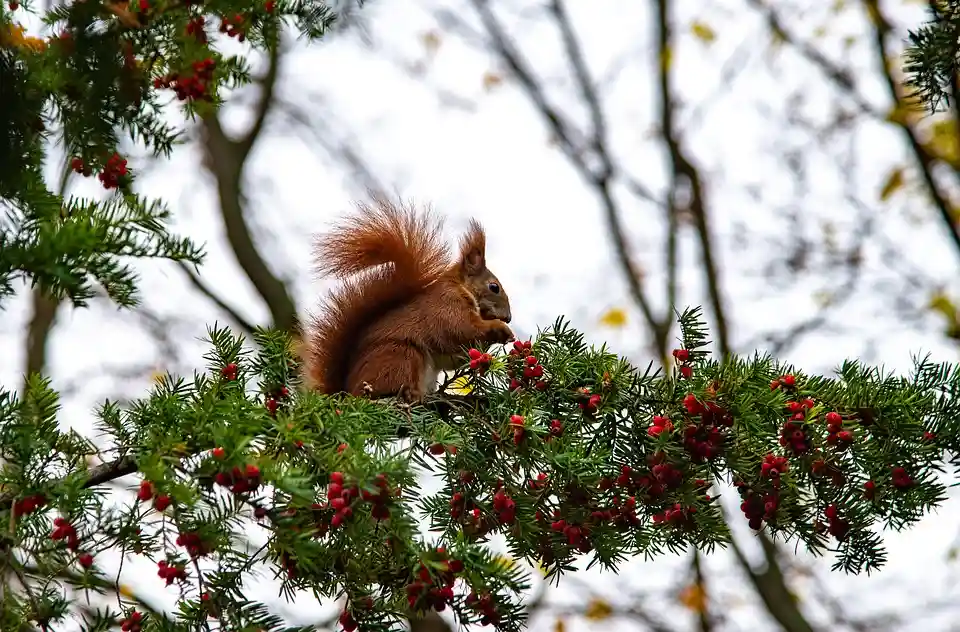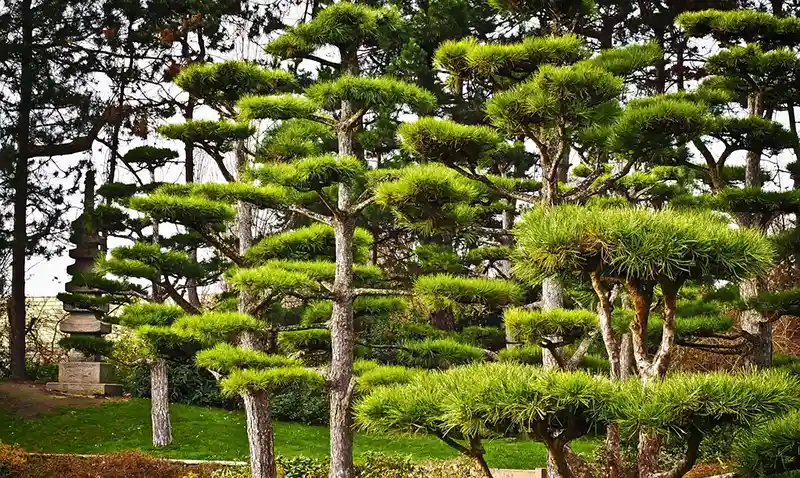Top 5 Facts about the Japanese Yew Tree
The Japanese Yew, or Taxus cuspidata as it’s known in the scientific community, is a wonderful tree that’s grown by many as a bonsai. However, it’s a species that many don’t know about despite having illustrious and mysterious lore behind it.
Here are the top 5 fun facts about the Japanese Yew tree.
Here are the top 5 fun facts about the Japanese Yew tree.
01
02
03
04
05
1. Edible and Non-Edible parts of the Japanese Yew
While there are many trees that contain parts you can digest or use in cooking, the Japanese Yew is not one of them. The taxines A and B are in the leaves and bark, which are toxins that are poisonous to humans, horses, cats, dogs, and many other animals. For this reason, you need to be careful that no one handles your bonsai tree.
The only edible part of the Japanese Yew is the aril, which is the fleshy fruit around the seed. If you plan to taste it, remove the seed from the fruit, as the seed is also toxic. The last thing you want to do is swallow it.
2. The Japanese Yew’s Magical Associations
Plenty of mysticism surrounds the Japanese Yew, which has a long history of being wrapped in mystery. Ancient druids used to study the roots and branches, observing how they grow and form and relating them to philosophies of life. Even Christianity turned to this almighty tree when palm leaves were unavailable for Palm Sunday.
Possibly the greatest reference to the Japanese Yew in our age is in the Harry Potter series. Borrowed from Wicca beliefs, it forms the wand that Tom Riddle uses to wreak devastation against other wizards and the world. It brings us nicely to the next section: the tree’s relation to life and death.
3. Japanese Yew: Symbol of Life and Death
Over the ages, the Japanese Yew has held some connection to life and death . Besides the toxic nature of the tree, many people plant them in graveyards. Druids believed that it assisted the dead to pass to the afterlife, giving them life beyond death.
There were many cultures that also saw the Japanese Yew as a tree of life, such as Christians, ancient Assyrians, Chinese mythology, and more. Many other names were attributed to it, such as the Sacred Tree, World Tree, and Tree of Life and Knowledge. It’s undeniable how much influence it’s had in our past, specifically with themes of death and resurrection.
4. The Long Life of the Japanese Yew
Many Japanese Yew bonsais have lived for more than 50 years. However, the tree can grow for as long as 400 to 600 years in the wild, showing you how hardy it is. In the right conditions, it can live for many more years when receiving the proper care.
In many cultures, the Japanese Yew is linked to immortality. In Southern Europe, they see it as a symbol of eternal youth and renewal. When Christianity developed the Easter festival from the Festival of Eostre, they incorporated the tree as an icon of resurrection and life after death. Based on how long it can live, some say it’s immortal.
5. Japanese Yew used in Landscape Designing
You’d think that the toxic nature of the Japanese Yew would prevent anyone from growing the tree in gardens. However, many people and businesses create a hedge with it to prevent anyone from breaking into properties. They mostly use rectangular designs, but some aim for conical shapes that are similar to the Italian Cypress.
You can also design Japanese Yew topiaries, as the tree is easy to shape and prune any time of the year. Even as a bonsai, you can work on various styles to simulate a hedge setting.
Final Thoughts on the Japanese Yew
As you can see, the Japanese Yew has quite a bit of excitement around it. Of course, you need to be careful how you handle it so you don’t end up with any toxic parts in your mouth. If you have a bonsai, we recommend using gloves when pruning.







